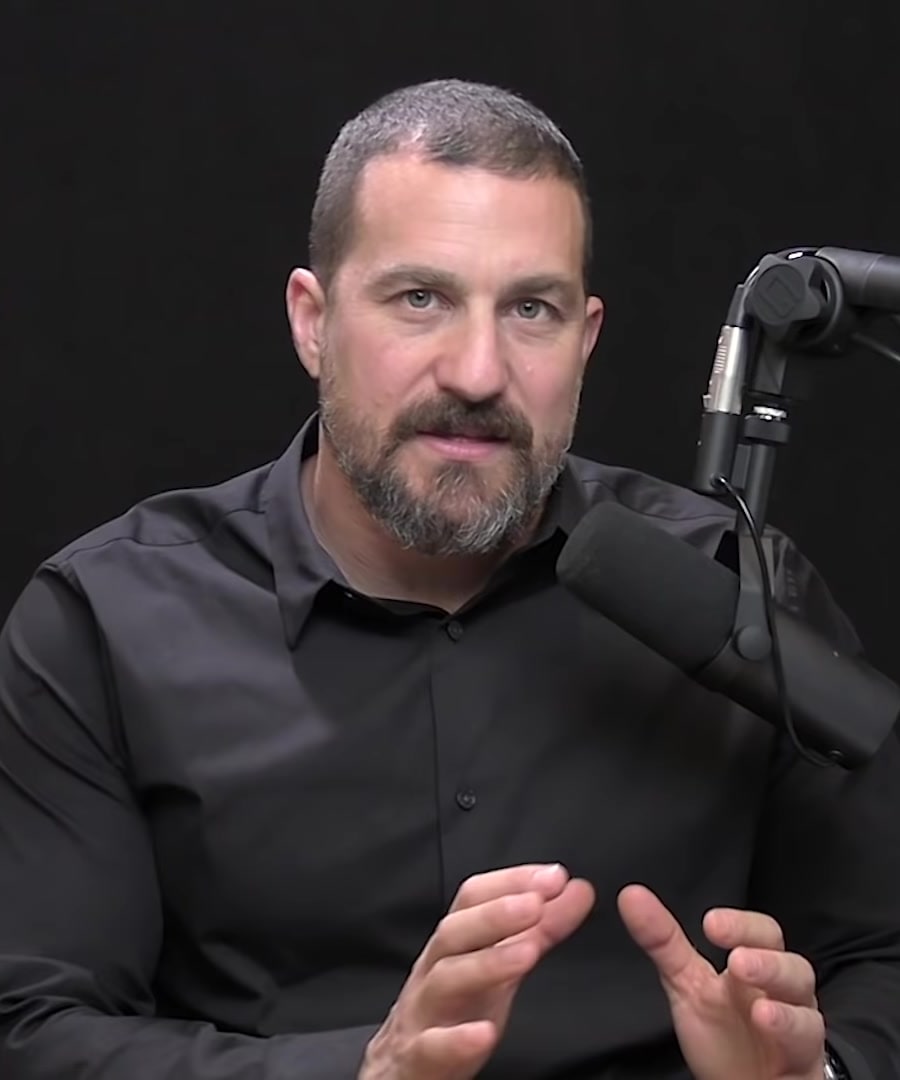What are plasticity mechanisms?
Sources:
Plasticity mechanisms, commonly referred to as neuroplasticity, encompass the nervous system's capacity to change its connections and behaviors in response to new experiences, sensory inputs, learning, or damage. Neuroplasticity is a defining feature of the nervous system, distinguishing it from other body systems due to its dynamic ability to adapt and modify itself. This adaptation is integral to processes like learning new skills, acquiring new information, or recovering from brain injury.
There are two key types of neuroplasticity:
- Sensory and Motor Plasticity: This involves changes in the nervous system due to new sensory or motor experiences, such as learning a physical skill or adapting to new sensory inputs.
- Emotional and Cognitive Plasticity: This type spans emotional responses and cognitive abilities, such as language acquisition or adapting to new emotional environments.
For effective neuroplasticity, certain neurochemicals like acetylcholine, dopamine, and norepinephrine must be present. These chemicals facilitate the strengthening or weakening of synaptic connections based on the relevance and repetition of experiences. The practical applications of understanding and harnessing neuroplasticity include improved learning processes, rehabilitation from brain injuries, and potentially modifying predisposed emotional responses or attachment styles 1.
Neuroplasticity is not solely about immediate changes; it also involves long-term modifications that solidify with practices like focused learning and restorative sleep, ensuring that learning and adaptations are preserved and integrated 2.
RELATED QUESTIONS

